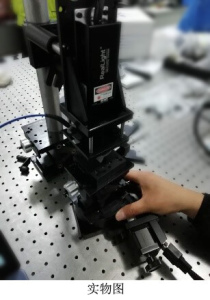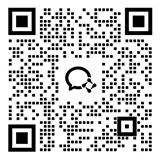Laser-induced breakdown spectroscopy (LIBS)
Not long after the birth of laser, scientists had observed the phenomenon that the formation of plasma will occur after laser irradiates the samples. In 1962, It was first reported by Brech that plasma can be used as sources for spectroscopy at the International Conference on Laser spectroscopy. After one year, Liode used LIBS for the first time as a material surface analysis tool, it marks that LIBS enters into the field of analysis. In 1964, Griem published his first monograph on Plasma Spectroscopy, this book is a very comprehensive introduction to the theory, derivation, results and the relevant experimental technologies of plasma quantitative spectroscopy. After ten years of research, Griem then published the book of Spectral line broadening by plasmas, and gave the calculated value of broadening and frequency shift for many atomic and ion spectral lines in the appendix, including a detailed parameter table for hydrogen and helium, as well as information about other atoms and ions at specific electron temperature and electron density. The publication of the book is a milestone.

In the early 1980s, American scientists began to use LIBS technology for element analysis in some materials. Since then, LIBS has evolved into a real-time analysis tool for measuring almost any type of material composition. Laser-induced breakdown spectroscopy (LIBS) is one of several analytical techniques for emission spectroscopy, which uses a highly energetic pulse laser to interact with substance to form plasma, and achieves the qualitative and quantitative information of the substance to be measured by detecting the characteristic spectral lines of atoms, ions or molecular groups in the radiation spectrum.

Reallight’s Sub-nanosecond Microchip Laser
The traditional LIBS system used a lamp pumped solid-state laser with the pulse width of 10ns to excite samples. The long pulse duration allows the obvious bremsstrahlung effects, and the accurate time-delay controlling equipment is required. By adjusting the trigger and acquisition of laser and spectrometer accurately, it can obtain the high quality spectral lines of plasma elements.

RealLight provides passively Q-switched sub-nanosecond pulse laser with pulse width at 350ps, which is reduced nearly 30 times. It can effectively decrease thermal effect and bremsstrahlung effect.The spectral signal of elements with high SNR can be obtained.The laser has a high repetition rate of 100-1000Hz, the signal intensity and signal-to-noise ratio can be improved by using spectrometer with accumulating exposure time of 0.1-1s.
Disclaimer: A part of content in this article comes from the internet, it is provided solely for technical research and communication, which is for your informational and educational purposes only. If there is any wrong description or academical opinions, please feel free to let us know. If any copyright issue is involved, please contact us and we will verify and delete it as soon as possible.


